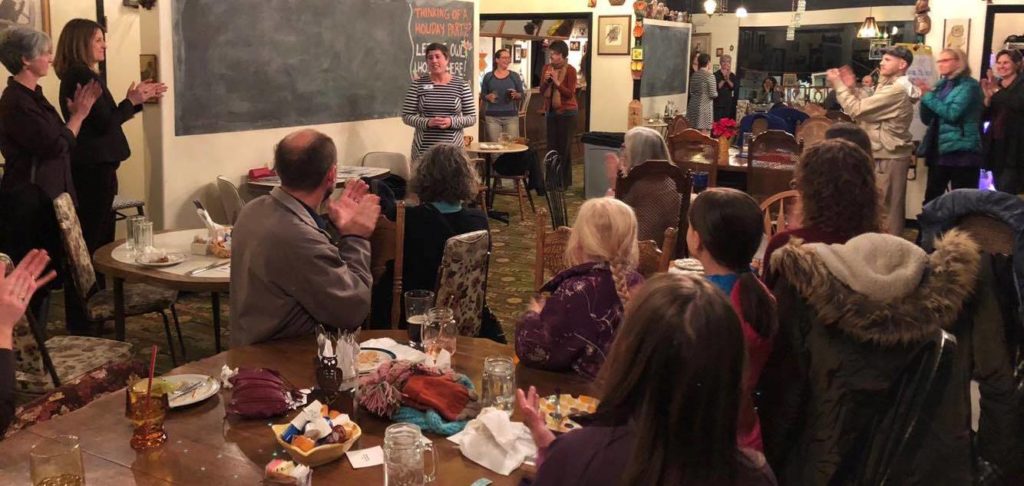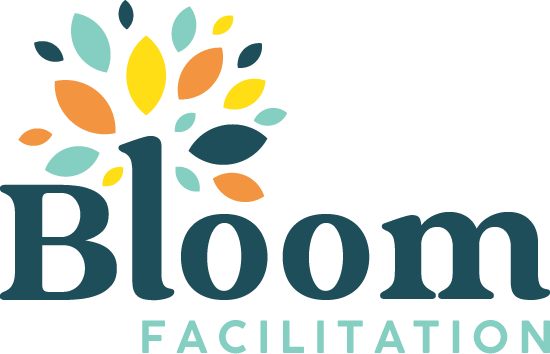Facilitation Roles Series
There are many roles to play as a process facilitator or as the leader of a meeting. I have a framework of eight roles that I teach: Party Host, Race Car Driver, Mechanic, Nurse, Trip Leader, Improv Comedian, Designer, and Rugby Referee. In this post I want to highlight the role of the:
Party Host
Creating a welcoming space and making everyone feel at home, at ease, and taken care of in a new or unfamiliar space.

Setting the Scene: Creating a Welcoming Atmosphere
Creating a welcoming space is both physical and psychological. Have you ever been to a party that didn’t have enough chairs for everyone, or that was hot, but you still had a great time? A great party host makes people feel welcome and comfortable by serving thoughtful snacks, getting a seat for everyone, and ensuring the room isn’t too hot or too cold. These are three examples of physiological needs.
It is important to take care of physiological needs like hunger because when people are hungry they can not focus on the task at hand. As any party host knows, every successful gathering needs to be comfortable with seating and placement for everyone’s needs .
Fostering Belonging: Connecting Attendees and Building Trust
However, what really brings people together, strengthens relationships, and builds trust, is intentionally designing the gathering to focus on the basic need of belonging. A great party host can overcome a lot of logistical hurdles by connecting with their guests and making sure the guests are introduced to one another and feel welcome.
A Party Host’s Guide to Meeting Success: Practical Tips for Facilitators
- Consider your seating arrangements. Is there a way for everyone to face each other? Do you have enough chairs around the table?
- How will you introduce attendees and help them get to know each other? Will you provide name tags or name plates? Will you give each person time to introduce themselves and share their ideas?
- What about setting the tone for the gathering? Could you arrange for an engaging introduction by a leader in the organization who will truly welcome everyone and speak about shared vision and / or values?
- Make considerations for accommodations or unique needs / preferences in a way that doesn’t make the person feel othered. For example, if you are providing food, label the food so that people can self select what they need for their dietary restrictions rather than needing to call out what food restrictions they have. Likewise, if you have a meeting of more than 15 people, you probably need to use a microphone and make sure you have a microphone (ideally a second microphone) that can be passed around for attendees to use as well.
- Consider using a whiteboard or flip chart to publicly record the notes during the meeting. When people see their ideas captured, they feel heard and included. It is a great visual representation of the collective intelligence being generated in the room.
For more in this series, see what a facilitator can learn from a:
